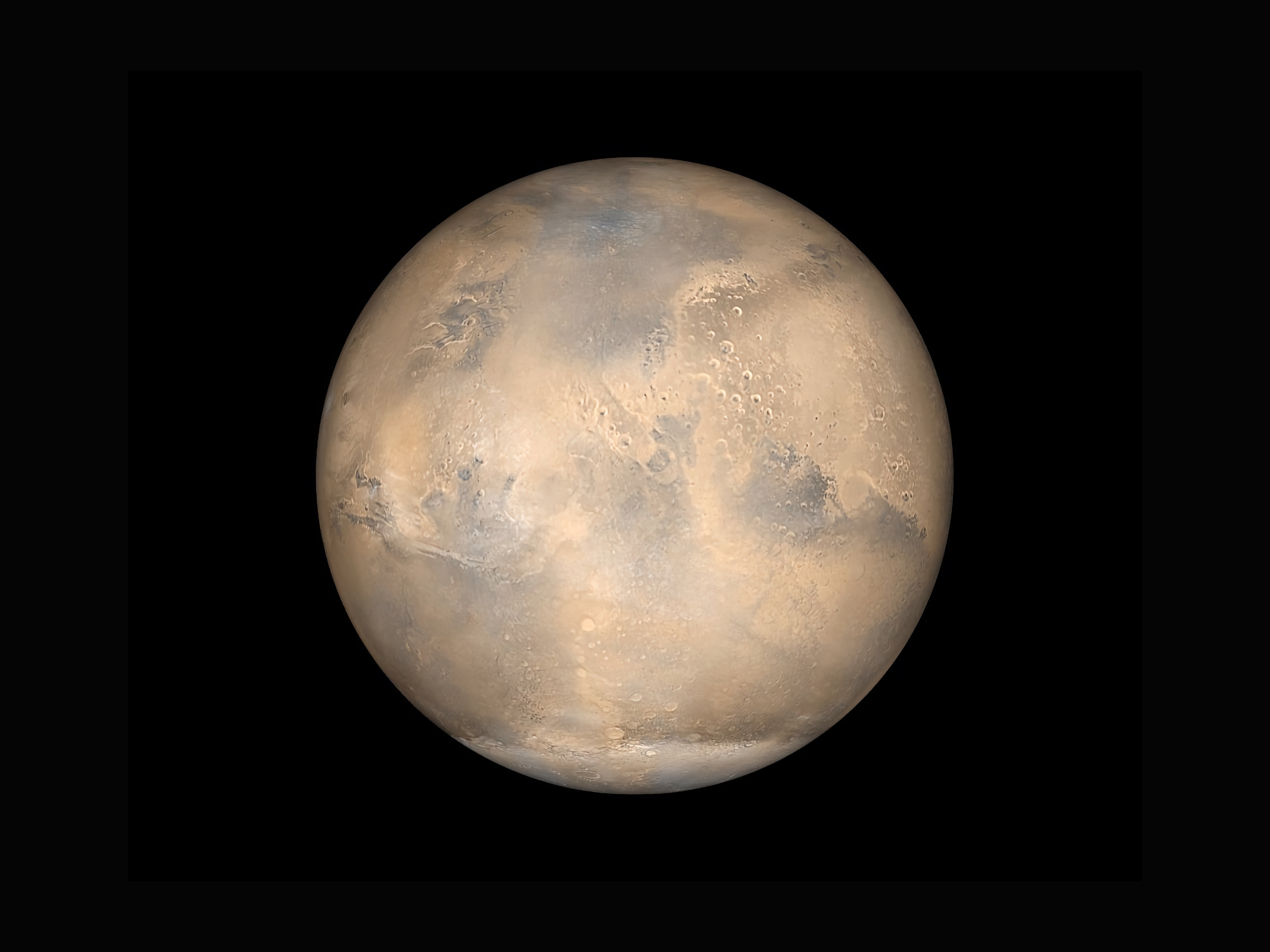Media release
From:
Chemistry: Robot chemist makes oxygen from Martian meteorites *VIDEO*
Oxygen-producing materials made from meteorites found on Mars have been produced using a robotic artificial intelligence (AI)-chemist. The research, published in Nature Synthesis, provides a proof-of-concept for generating oxygen and may have implications for future manned missions to Mars.
Potential future manned missions to Mars will require oxygen as it is essential to human activity on the planet, being used in rocket propellants and life-support systems. One of the ways to make these potential missions more cost-effective in the long term and less complex would be to use resources already present on the planet to create oxygen, rather than transport materials from Earth. Recent evidence of water on Mars and analysis of the elemental composition of meteorites found on the planet could provide an opportunity to make catalysts using Martian resources.
Jun Jiang and colleagues developed a robotic AI-chemist that is able to create catalysts that can be used to produce oxygen from Martian materials without human intervention. The authors selected five different categories of meteorites that come from or have been confirmed to exist on Mars, which were analysed by the robotic AI-chemist. The robotic AI-chemist was able to convert the meteorites into chemical compounds and make catalysts from these compounds before testing the catalysts’ oxygen production performance. This process was repeated by the robot until the best catalyst had been found, which they suggest could have taken 2,000 years of human labour. The authors then showed that this catalyst could operate under simulated Martian conditions.
This robotic AI-chemist allows for the automated production of catalysts using Martian meteorites, which may lead to a way for humans to make oxygen on Mars in the future, the authors conclude.



 International
International



